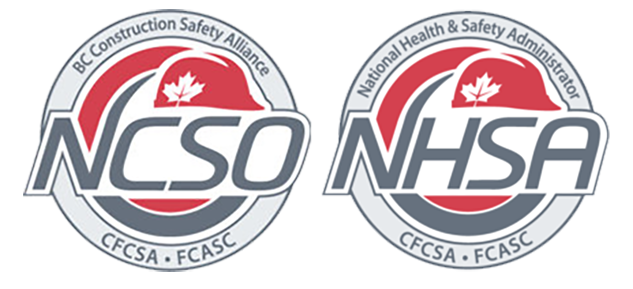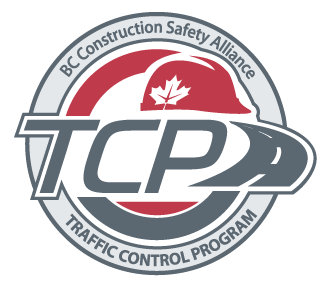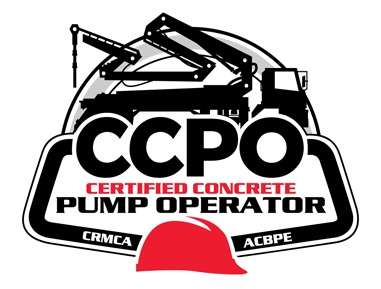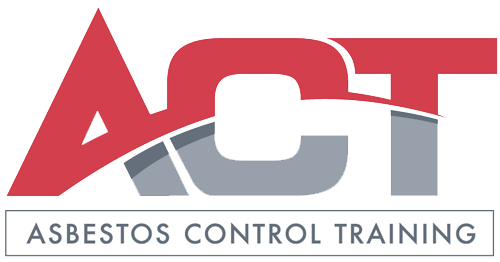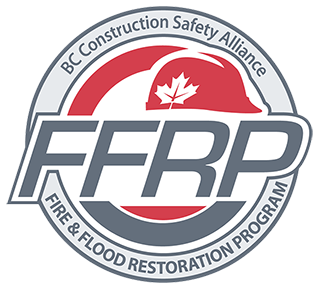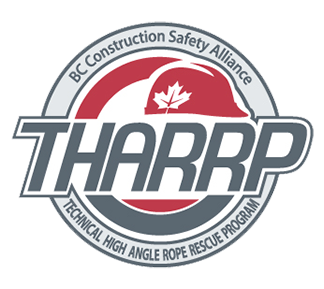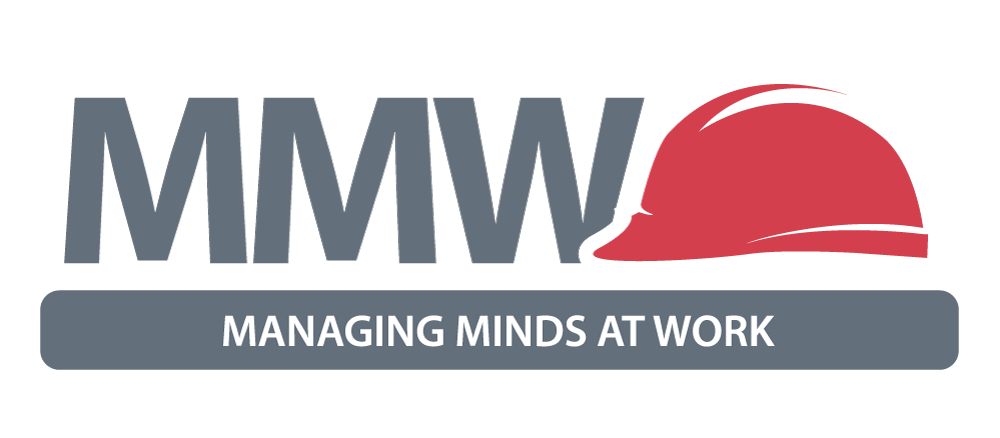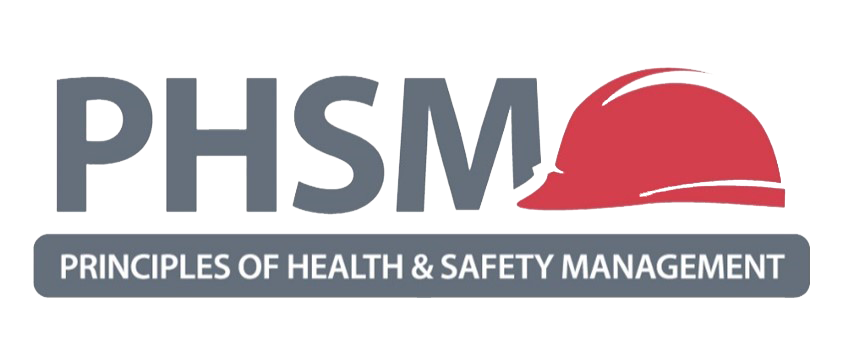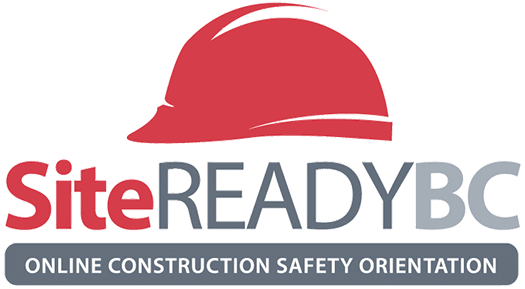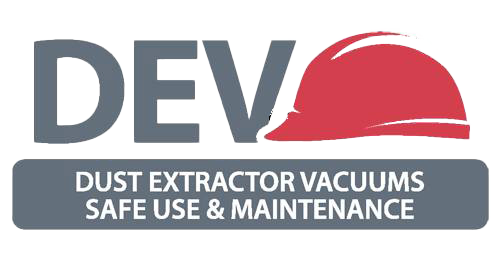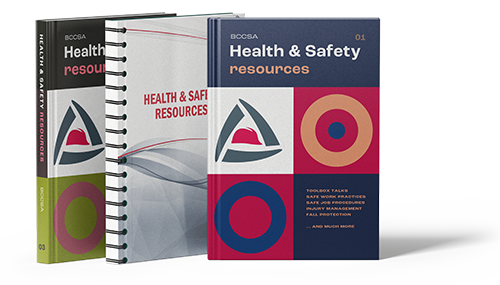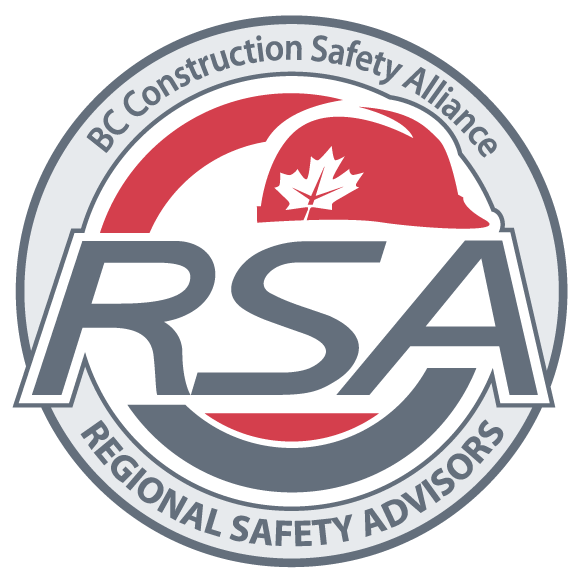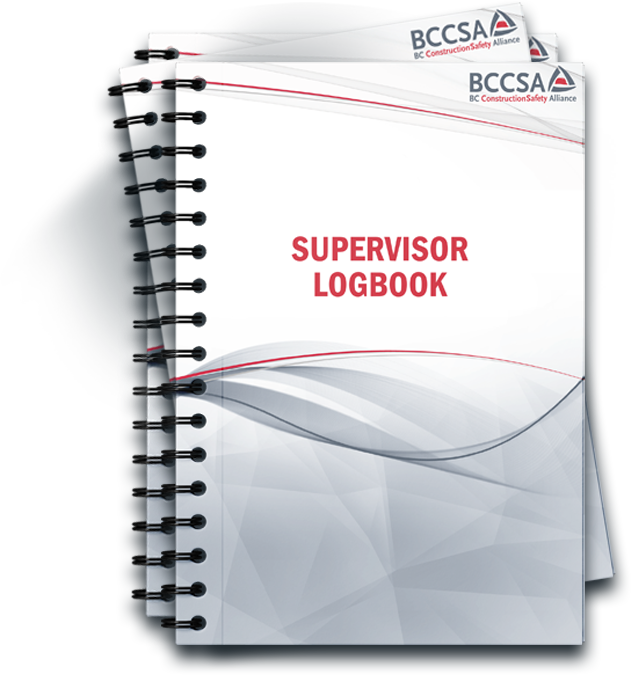Working at Heights

The purpose of this Fall Protection catalogue is to help BC construction employers ensure the safety of workers on the jobsite related to fall protection. These resources are designed to provide guidance, information, and tools that can help employers develop and implement effective fall protection programs.
WorkSafeBC stats show 17% of all claims are due to falls; 25% of serious injuries are due to falls; and 29% of claims costs are due to falls. Fall protection is a complicated issue and one of the most important faced by an employer or worksite supervisor. With more than 100,000 reported incidents per year, falls from heights almost always result in serious injury. In the construction industry, falls are the leading cause of worker death. Falls result in lost work injuries, higher insurance premiums and liability claims, costing millions of dollars annually.
The Prime Contractor Technical Advisory Committee has developed a Fall Protection Rescue Guide intended to assist employers with developing effective and compliant procedures for rescue of a worker who has fallen and is suspended by a personal fall protection system. The forms included in this guide may be used as an addendum to WorkSafeBC’s fall protection plan template.
| Title | Type | |
|---|---|---|
|
This rescue planning resource is intended to assist employers with developing effective and compliant procedures for rescue of a worker who has fallen and is suspended by a personal fall protection system. The forms included in this guide may be used as an addendum to WorkSafeBC’s fall protection plan template. |
||
|
Some of the information contained in this resource is specific to American federal OSHA requirements. Please always consult WorkSafeBC for provincial regulations and requirements. |
Link | |
|
Ladders can be used safely if they are given the respect they deserve. |
||
|
The Technical High Angle Rope Rescue Program (THARRP) prepares fire department personnel in technical rope rescue techniques, specifically for rescuing workers in distress at elevated heights, such as tower crane operators. |
Link | |
|
WorkSafeBC's fall protection resources include guidelines, videos, and training programs designed to help workers and employers understand the risks associated with working at heights and take steps to prevent falls. These resources cover topics such as fall protection equipment, ladder safety, scaffold safety, and working from heights. |
Link | |
|
This WorkSafeBC booklet is an introduction to the proper use of personal fall protection equipment. This booklet outlines the safe use and limitations of personal fall protection equipment, including safety belts, harnesses, lanyards, and lifelines. |
Link | |
|
This fillable template will help employers create their own fall protection plans. |
Link |
Toolbox Talks
Aliases: Tailgate Meetings Safety BriefingsToolbox Talks are informal safety meetings that focus on safety topics related to the specific job, such as workplace hazards and safe work practices. Meetings are normally short in duration and are generally conducted at the job site prior to the commencement of a job or work shift. It is one of the very effective methods to refresh workers' knowledge, cover last minute safety checks, and exchange information with the experienced workers.
Toolbox Talks are also intended to facilitate health and safety discussions on the job site and promote your organization’s safety culture. Toolbox talks/meetings are sometimes referred to as tailgate meetings or safety briefings.
More Info:
- See our Toolbox Talk Catalogue to download meeting tools and plans.
Website Login
Please sign in with your BCCSA account:
Reset Your Password
Please enter your e-mail address below. A password reset code will be e-mailed to you, which you'll use when creating a new password for your account.


